No products in the cart.
Fitness Tips
The Best E-bikes of 2023
Men’s Journal aims to feature only the best products and services. We update when possible, but deals expire and prices can change. If you buy something via one of our links, we may earn a commission.
A pedal-assist e-bike—a bike built with a battery-powered motor to give you a boost as you pedal—can help you ride longer, go farther, and carry more cargo. Today, there are electric bikes for every kind of rider, but they all operate around the same basic principle: Whether you’re on a battery-equipped beach cruiser, gravel bike, or MTB, the e-bike’s integrated motor supplements the power you put in as you pedal. The extra power from the motor not only makes biking more fun and more accessible, but also a viable alternative to driving, too.
Compared to shopping for a regular road, gravel, or mountain bike, there are a few unique considerations to keep in mind when comparing e-bikes. Here’s what you need to know.
E-Bike Classifications
E-bikes are divided into three categories—Class 1, Class 2, and Class 3—based on their motor power, top speed, and whether or not they have a separate throttle. Most U.S. states use these categories to regulate where e-bikes can be ridden. (To learn more, check out the People for Bikes overview of e-bike laws across the country.)
Class 1 e-bikes are pedal-assist only, and they’re programmed to provide assistance up to 20 mph. Many e-mountain bikes fall into this category.
Class 2 e-bikes provide assistance up to 20 mph, and they also have a throttle mounted on the handlebar. By twisting the throttle, you can use the motor to move the bike without pedaling.
Class 3 e-bikes are pedal-assist only, like Class 1 models, but they provide assistance up to 28 mph. Many commuter bikes are Class 3.
Choosing an E-bike
Buy an e-bike built to handle the terrain you want to ride and the tasks you want to complete. Need an e-bike to get to work? Models designed for commuting often have fenders and lights built in. A commuter e-bike may also come with a rear rack for hauling items and even an integrated lock for extra security when parked (though you’ll still need to invest in a sturdy U-lock). Mountain bikers have battery-powered versions to match the specific MTB styles, like cross-country and enduro. (See our guide to mountain bikes for more info on what style of MTB is right for you.) Roadies should look for pedal-assist road bikes, like the Bianchi Aria below. They’re designed to be aerodynamic and lightweight for long, fast rides on the pavement.
If you’re planning to use your e-bike to carry groceries, cargo, or kids, look for a dedicated cargo model. These bikes generally have long, low frames for greater stability when carrying heavy loads, and they usually come with at least one rack pre-installed—so you can add panniers, cargo boxes, seats, and other accessories for carrying all your stuff.
Because of the added weight of the battery and motor, most e-bikes are heavier than typical bicycles and weigh anywhere from 30 to 70 pounds. The power of the motor more than makes up for the added heft. But the weight does pose an issue for storage, especially if you don’t have a garage or secure ground-floor area to stash your bike.
E-bike Components
There are two main electrical components on an e-bike: The motor and the battery.
Motors
E-bikes utilize either a mid-drive or a hub-drive motor. The power output of both types is measured in watts; they differ mainly in where they’re mounted on the bike.
Mid-drive motors are integrated into the bottom bracket, where the bike’s crank arms attach. This keeps the bike’s center of gravity low, making it more stable. Mid-drive bikes generally have quick handling and feel the most natural to ride.
Hub motors are mounted in the hub of the e-bike’s rear wheel. They’re durable and also simpler than mid-drive motors—they transfer power directly to the wheel, rather than through a chain or belt drive. They’re typically pretty quiet as well, though they tend to weigh more than mid-drive systems. E-bikes with hub motors are often more affordable than models with mid-drive designs.
Batteries
E-bike batteries are either integrated into a compartment on the bike’s downtube, or they’re externally mounted on the bike’s frame or in the bike’s rack. The amount of energy they can store is measured in watt-hours.
Pedal-Assist Modes
E-bikes typically have three to five pedal-assist modes (sometimes labeled with names like “Eco” or “Turbo”) that allow you to adjust how much power the motor puts in as you pedal. Using more assist shortens your range.
E-Bike Range
Every e-bike will have a claimed range that takes into account the battery’s capacity and how much power the motor uses. But the actual range will vary widely depending on the terrain and the weight of the rider and any cargo.
Whether you’re looking for a boost on the trail or you need a family-friendly cargo hauler, there’s an electric bike out there that’ll suit your needs. Read on for our guide to the best options on the market, including e-mountain bikes, commuter e-bikes, cargo e-bikes, and more.
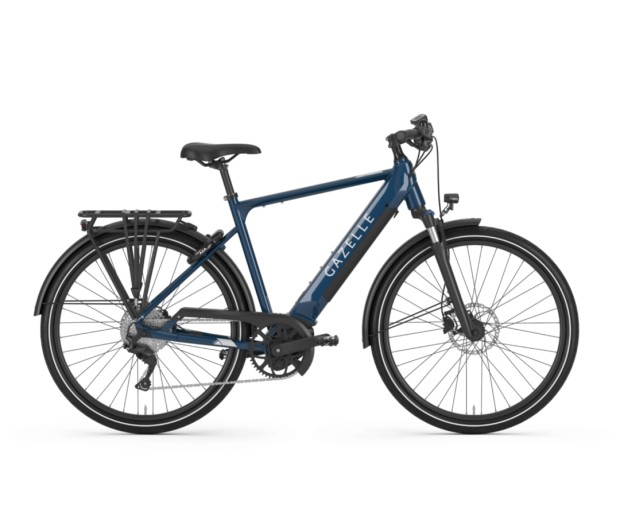
Courtesy Image
This bike has so many highlights, it’s hard to know where to start. Capable and powerful—even when climbing steep hills or carrying heavy loads—Gazelle’s Medeo T10 was my top choice for running errands, casual exercise, and weekend adventures.
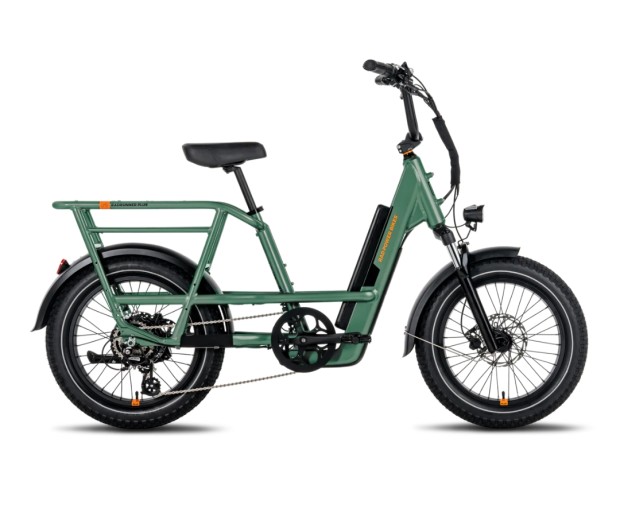
Courtesy Image
The specs list on the RadRunner 3 is impressive: It has a 750-watt motor, a 672 watt-hour battery, up to 45 miles of range, and a 350-pound maximum weight capacity (enough to carry two adults).
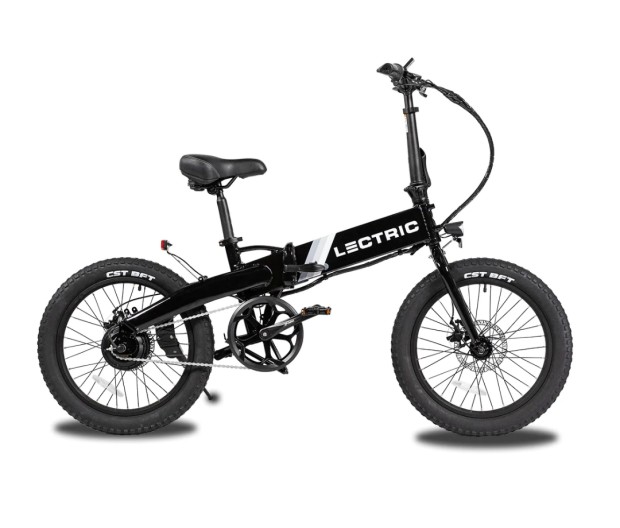
Courtesy Image
Need a bike that can fit an office closet or tuck into a corner of your apartment? Lectric’s XP Lite is a highly affordable, easily stored option that’s also a hoot to ride. The 46-pound, single-speed e-bike has five levels of assist plus a throttle, putting it in the Class 2 category. The throttle will help you wring maximum power from the bike’s 300-watt motor, and it’s especially helpful when starting from a stop. It also allows you to take a break from pedaling—helpful when you don’t want to get sweaty or you need to save your legs. Once you’ve reached your destination, drop the seat, release the handlebar, and undo a frame lock (a process that takes a minute or less), and the bike folds in half for storage.
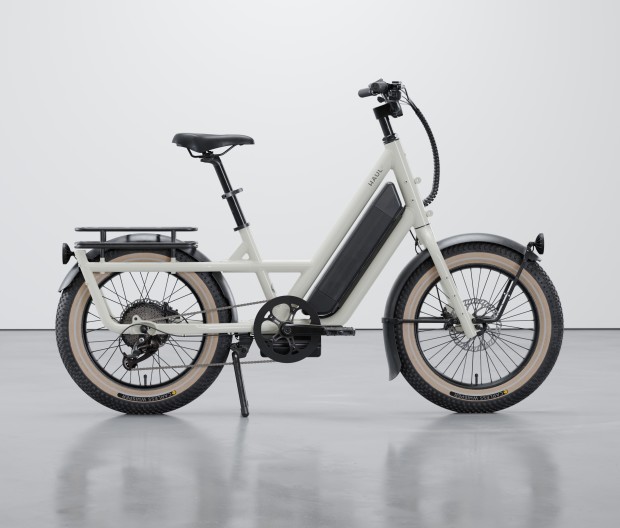
Courtesy Image
A new entrant into the burgeoning e-cargo bike category, the Globe Haul ST launched in the spring and already established itself as a standout in our testing. It’s a short-tail, aluminum-frame cargo bike with a 700-watt motor and a 772 watt-hour battery that can provide a boost up to 28 mph (putting it in the Class 3 category). It’s available at Specialized dealers, but you can also opt to get one shipped to your door.
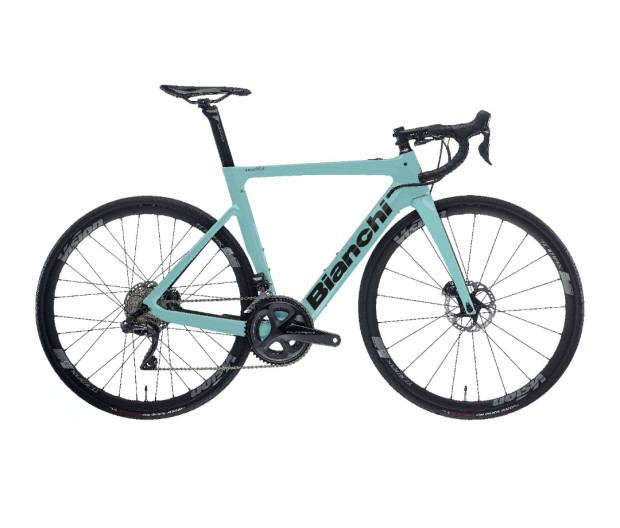
Courtesy Image
Rip your training loops on Bianchi’s carbon fiber Aria Ultegra Di2 without fear that your legs will run out of juice before you make it home. Bianchi bills the bike as an aero training tool for racers, and unlike the other e-bikes on this list, it’s fun to ride whether the power is on or off.
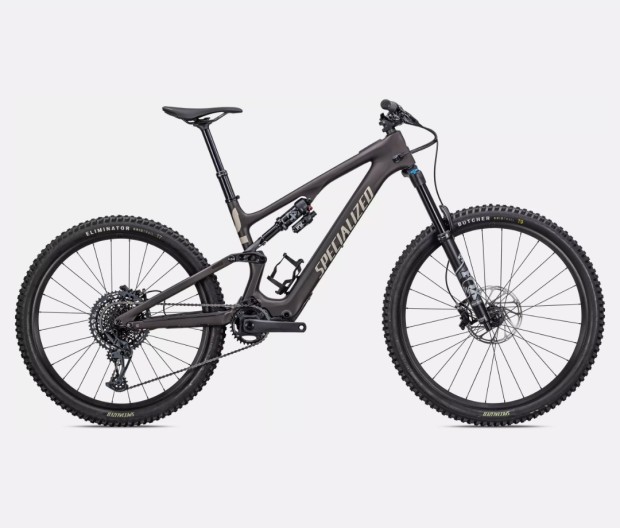
Courtesy Image
Specialized took the beloved geometry of its best-selling Stumpjumper Evo and paired it with a new Turbo SL 1.2 motor to make a trail bike that’s more powerful and more fun for ripping laps on technical routes.
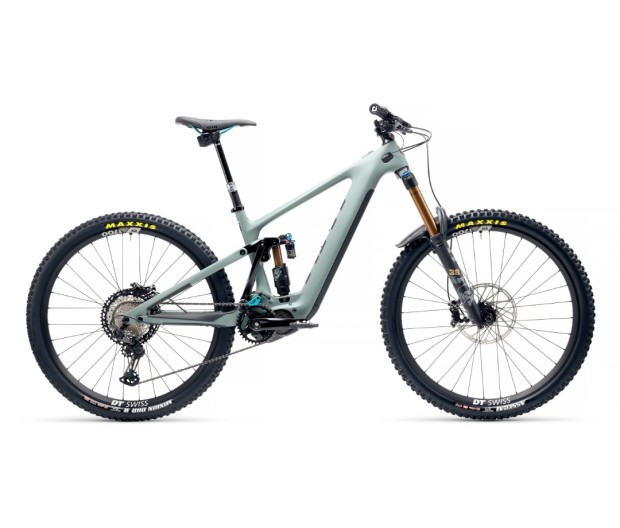
Courtesy Image
If you’re looking for an enduro e-MTB that delivers a ride that’s almost indistinguishable from the high-end enduro bike you’re used to, this is it. The big difference: In my testing the powerful motor could help me climb the steepest, most technical hills and last long enough to do it again and again. One afternoon, I pedaled this bike nearly 20 miles on trails and logging roads, then up to a mountain summit to tackle an infamously technical descent. After all that, the SB 160E still had enough juice for a quick lap on another nearby trail. On a pure pedal MTB, that adventure would have taken the entire day. On the Yeti, it took two hours—and I wasn’t wrung out at the end.
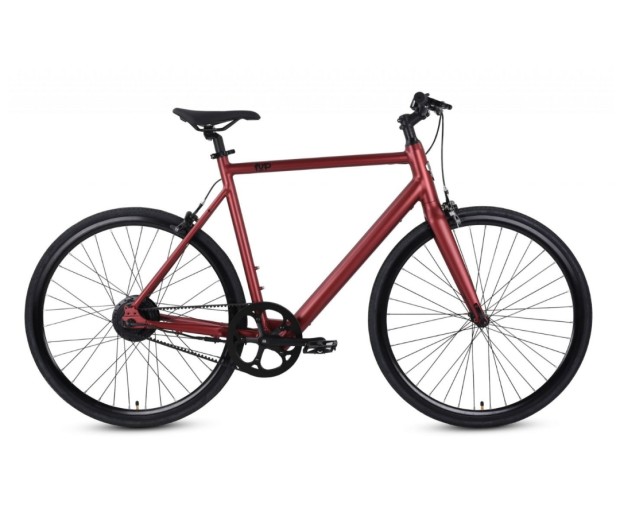
Courtesy Image
The Ride 1Up Roadster pairs road bike styling with a hub motor and a hidden battery in a sleek aluminum frame, and it’ll help you arrive anywhere in style (and enjoy the ride, too).

Courtesy Image
The Priority E-Coast is made for chill cruising and for getting your surfboard to the beach. It has a beach cruiser aesthetic that’s perfect for pedaling along boardwalks and oceanside avenues, but the bike’s 60-mile range and 28 mph top speed means you can ride just about anywhere.
Source link

